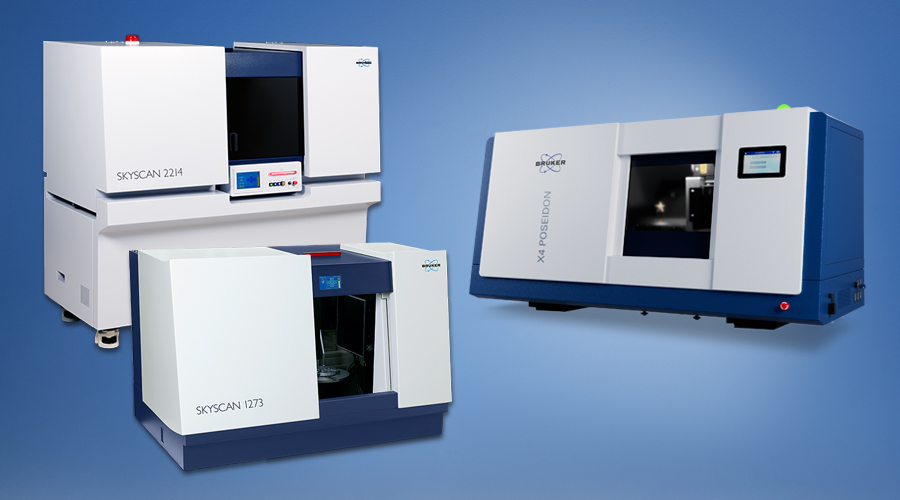MicroCT- tomography for the study of mineral and organic inclusions in ceramics of the Stone Age sites
The reconstruction of pottery technology is important for understanding the development of human society. Ceramics were the first artificial material developed by man. Pottery construction requires a series of complex technological operations including the choice of raw material, recipes of ceramic pastes, molding techniques and firing conditions.
Investigations of the interior structure of archaic ceramics with X-ray Microscopy allows differentiation of the density and distribution of various mineral inclusions. For example, sand distribution and amount help determine whether sand was the natural content of clay material or added as temper.
3D void visualization helps determine if pores occurred due to the burning of organic inclusions. If the firing temperature was more than 780 °С, when shells decompose it is difficult to differentiate pores from shell, feather and plant cuttings using optical microscopy and thin section analysis. In this case 3D reconstruction of porosity is essential.
High resolution 3D XRM is a powerful technique for visualization and characterization of the internal structures of objects. The great advantage of XRM is that quantitative information such as volume, size, shape, distribution and connectivity of the pores can be obtained through the entire 3D volume of the samples, from micro-scale to nano-scale.
Presented at the Micro-CT/XRM user meeting 2016, Brussels (Belgium)
A.M.Kulkov1, M.A.Kulkova2
1SPbSU, Uljanovskaja st.1, SPb, Russia
2Herzen State Pedagogical University, Moika emb. 48, SPb, Russia
